Return on investment, or ROI, is at the heart of nearly all business decisions. From hiring new employees to making important equipment purchases, it is a leading measure of profitability. It is also a valuable metric to use if you are considering investing in a modern system of records. Here we’ll use an example of a GIS-based management system as it relates to your outside plant assets.
There could be several reasons you are interested in making a change. Maybe your design projects take too long to complete because your data is spread among different systems of record in your company. Or your service outages are difficult to locate. Perhaps the ground conditions don’t match your records and construction budgets get blown. Whatever the challenge, having a grasp on how to calculate and forecast ROI helps bring reason to a potentially emotional issue.
What is ROI?
In its simplest form, ROI is the ratio of investment to the return you get from that investment.
ROI = (Return from the investment – Cost of the investment)/(Cost of the investment).
For example, if you spend $50 on an item and that investment produces a $100 return, you’d have a positive ROI. In fact, you’d have an ROI of 1, or 100%. Business owners would make this investment all day long.
The cost of the investment is almost always easy to determine. You paid X for the product and/or service, thus X is your cost. Where the rubber meets the road is during the calculation of the return from the investment.
How to Apply ROI – A Practical Example
Let’s take the real world example of long-running design projects to forecast ROI.
We’ll start with the cost of labor. Let’s assume that labor runs $65 an hour, fully loaded. Next, suppose that a simple design project takes 25 labor hours. Finally, in a year let’s say you do 100 simple design projects. The labor cost per year would run
$162,500 = ($65 x 25 x 100)
Note that this cost is not the cost of the investment.
Now let’s look at costs of updating your system of record to a GIS-based system of your choice. It’s modern. It has all the features you are looking for but costs $25,000 per year. Is this a good investment?
Let’s assume that this new GIS system will save your design team 5 hours on each project. That means those same 100 projects would now cost
$130,000 = ($65 x (25-5) x 100)
The difference is the return from the investment, $32,500/year = ($162,500 – $130,000).
Armed with these two numbers, we can calculate ROI. Your cost is $25,000/year and your return is $32,500/year. Plug this into the ROI formula and you get:
ROI = ($32,500 – $25,000)/$25,000 = .3, or 30%.
In our example, we are forecasting a 30% ROI if you make the purchase. Most businesses will tell you a 12% to 15% ROI is worth looking at.
What About the Intangibles?
Some factors aren’t easily trackable, but they can still affect ROI. These considerations are called intangible benefits. Sometimes the modernization of equipment and software can create a morale boost within the company. Studies1,2 show that increased positive morale can lead to amplified creativity and productivity. The important point here is that ROI alone doesn’t always tell the complete story of benefits. Consideration of intangibles should be part of the decision-making process.
The Bottom Line
While ROI can’t replace that gut feeling, it can help bring logic to those hard decisions. It is important to understand the challenges you are trying to solve by moving to a GIS-based solution. It is equally important to know the return threshold that decision-makers are looking for. In the end, ROI helps bridge the gap between emotion and logic.
References:
- Barbara J. Fretwell,(2002): Promoting Organizational Competency: A Solution To Increasing Employee Morale And Customer Satisfaction. CERES Innovations, pp.1-9
- Haynes. B. P. (2008). An Evaluation of the Impact of the Office Environment on Productivity. Journal of Facilities, 26 (5/6), pp. 178-19.
To learn about our team, products and services contact us at
info@geograph.tech or (800) 674 4803.






